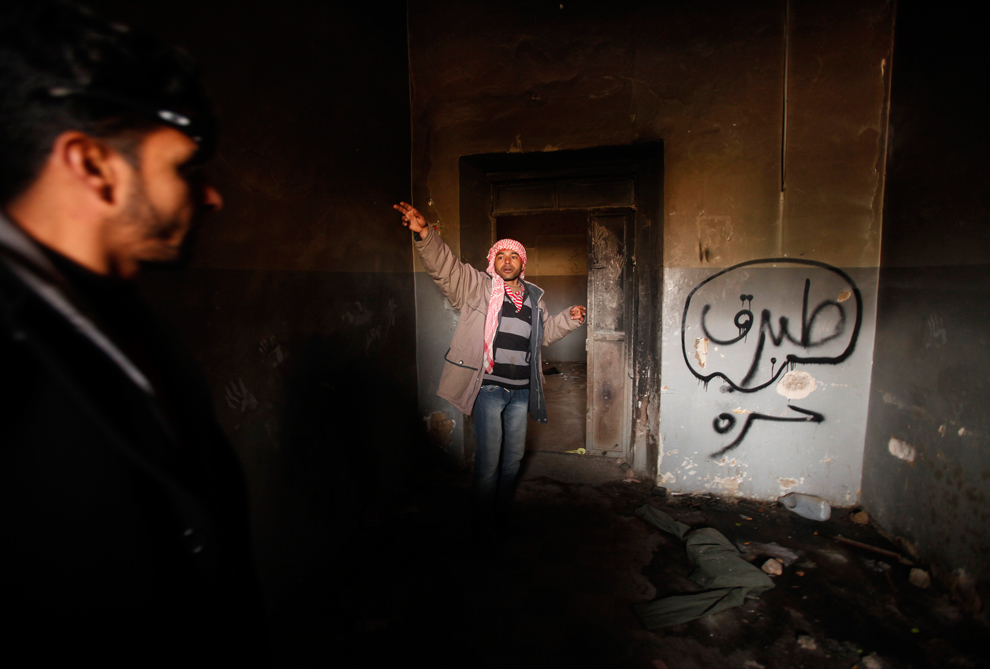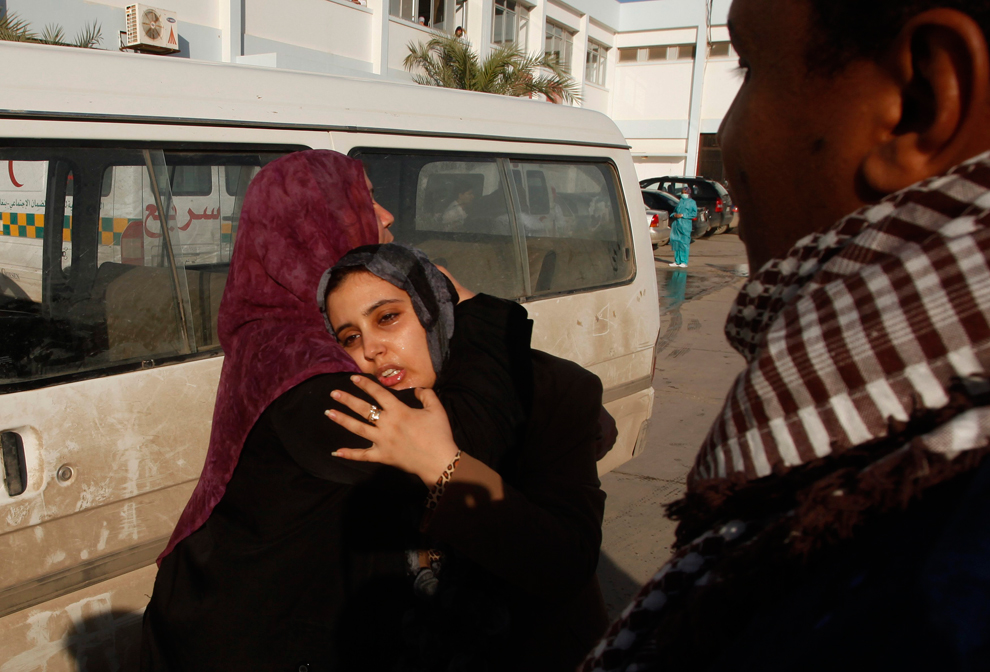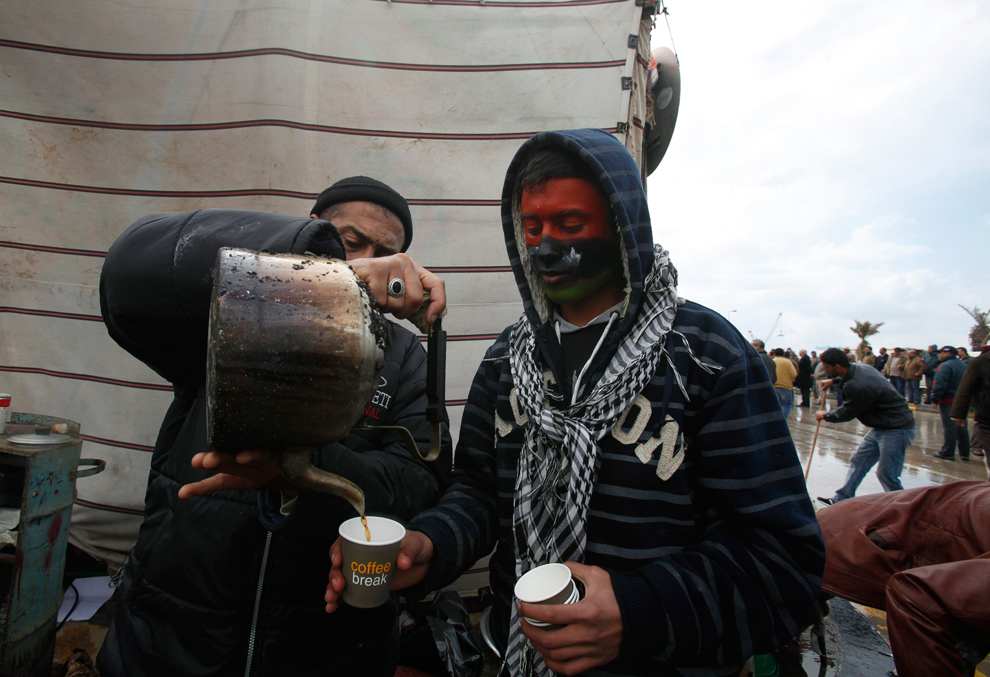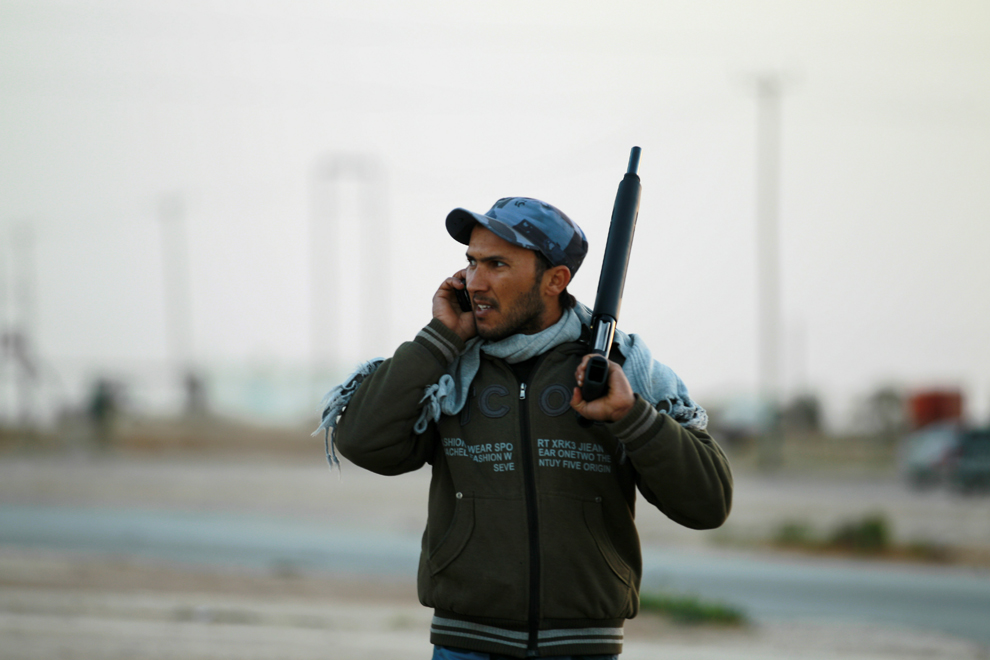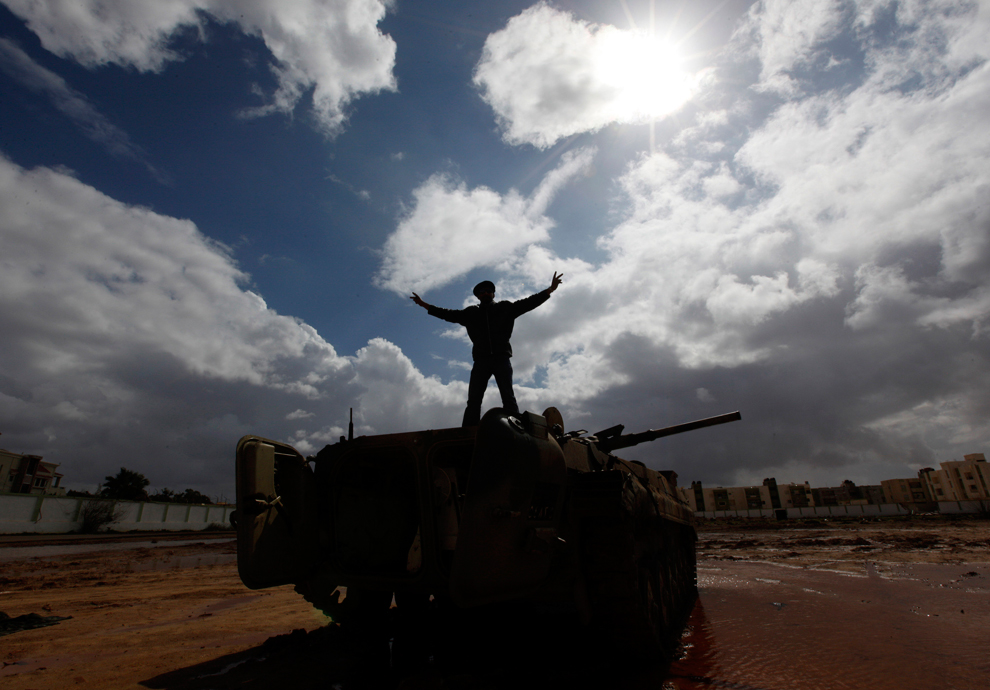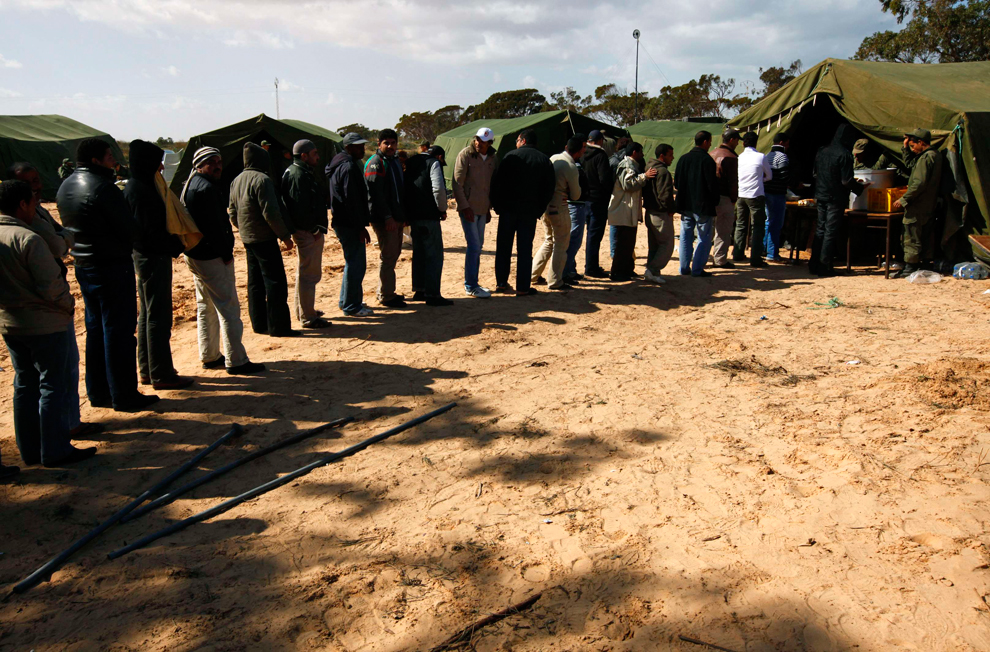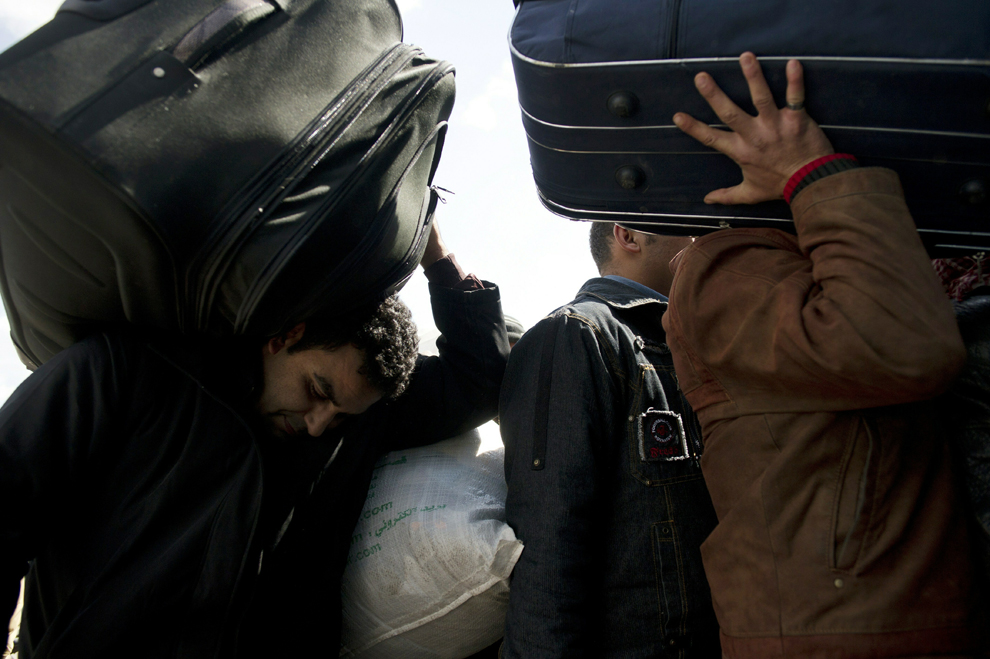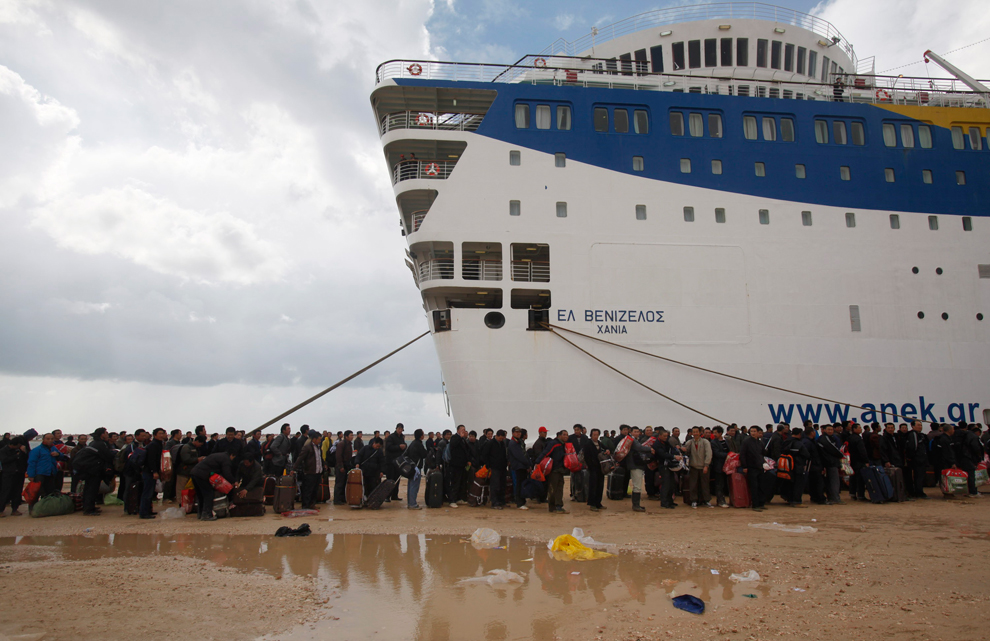Libya: Unrest and uncertainty
As militiamen and mercenaries loyal to Moammar Khadafy ferociously strike back at rebels in and around the Libyan capital of Tripoli, much of the rest of the nation is embracing a bracing reality: After 41 years of ruthless and total control by Khadafy, they are suddenly free to rule themselves. In Benghazi, Libya's second-largest city and the cradle of the revolt, chants of jubilation are interspersed with quiet meetings. Neighborhood leaders are working to figure out such tasks as how to direct traffic and ensure utilities are up and running as they craft a plan for the future of the city. For guest workers and other expatriates, the future is no longer Libya. By the tens of thousands, they have been attempting to flee the violence, massing at ports as they await ships, overrunning the main airport,, and crossing by any means possible into Tunisia. Here's a look at one day -- Thursday -- in the life of those parts of Libya under rebel control. -- Paula Nelson (33 photos total)

Protesters celebrate and shout slogans following their takeover of Benghazi. Even amid the euphoria, rumors abound that Moammar Khadafy will strike back, either through massive aerial or naval bombardments or through a string of stealth attacks from his plainclothes agents. (Suhaib Salem/Reuters) #

A Libyan closes a box of ammunition at Al-Katiba military base after it fell to protesters battling the splintering government of Moammar Khadafy. The base is near Benghazi, the nation's second-largest city and one also under the control of rebels. Army units and militiamen loyal to Khadafy struck back Thursday against rebels in cities closer to the capital of Tripoli, attacking a mosque where many were holding an anti-government sit-in and battling others who seized control of an airport. (Hussein Malla/Associated Press) #
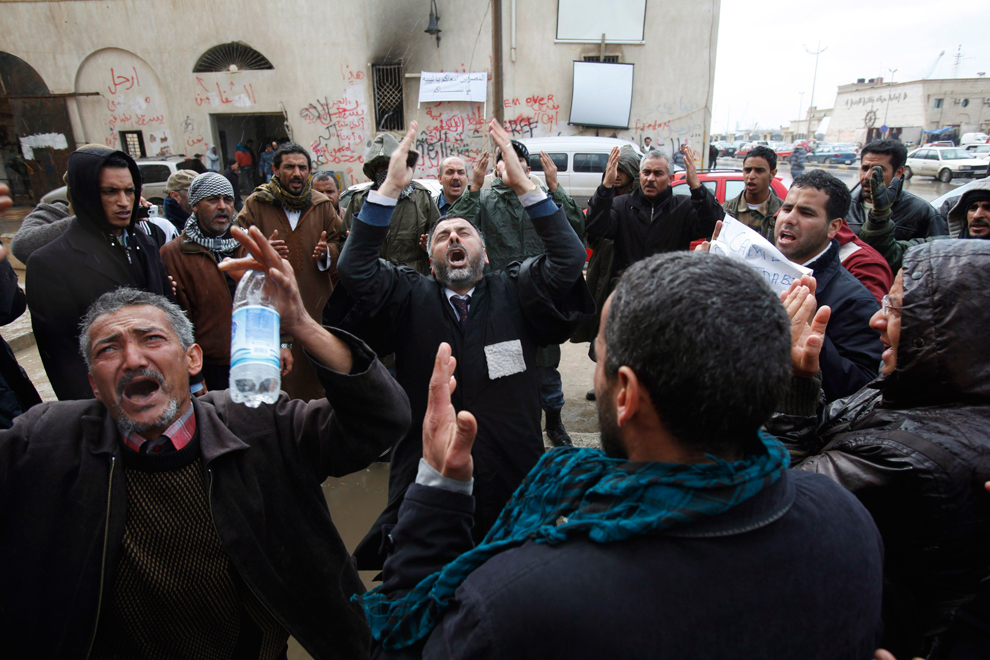
Anti-government demonstrators pray for the country along a Benghazi street Thursday. The uprising first gained strength in Benghazi on Feb. 16 when a group armed with gasoline bombs and rocks gathered at a government office and demanded the release of a human rights advocate. (Asmaa Waguih/Reuters) #
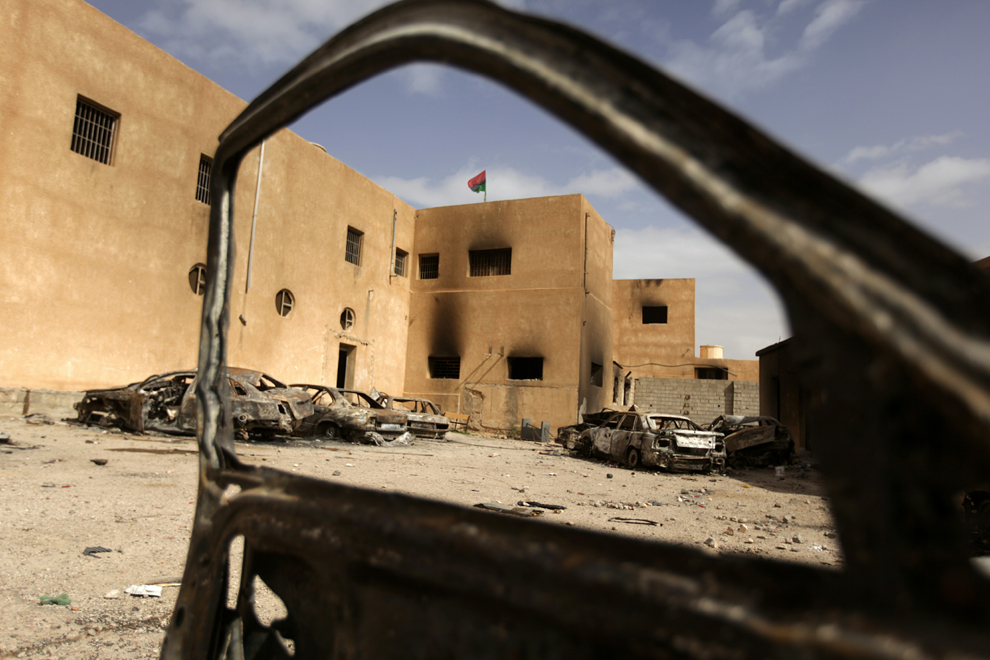
Rebels have gained control of the eastern city of Tobruk, where demonstrators had set fire to a police station and destroyed vehicles. Tobruk is one of a string of Libyan towns made famous during World War II, when Allied armies wrest control of them from Italian and German forces. (AFP/Getty Images) #
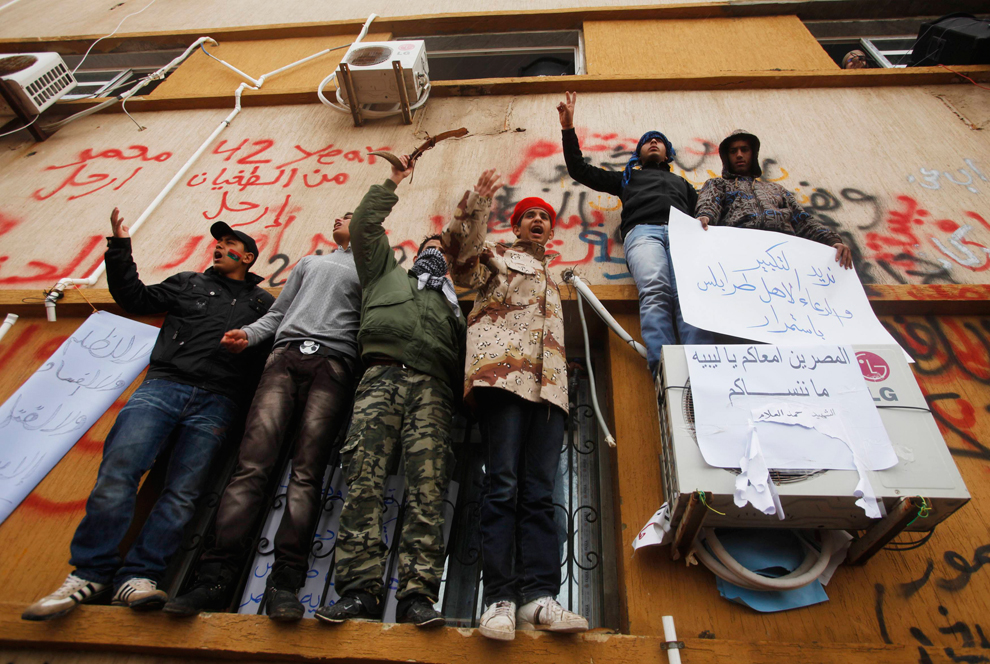
Anti-government protesters celebrate their victory in Benghazi. Many residents insist on still gathering daily, in what has become a ritual defiance of a 1973 law that banned four or more people from gathering. Moammar Khadafy had long squelched any attempts to organize, even if it was for a civic group. (Suhaib Salem/Reuters) #
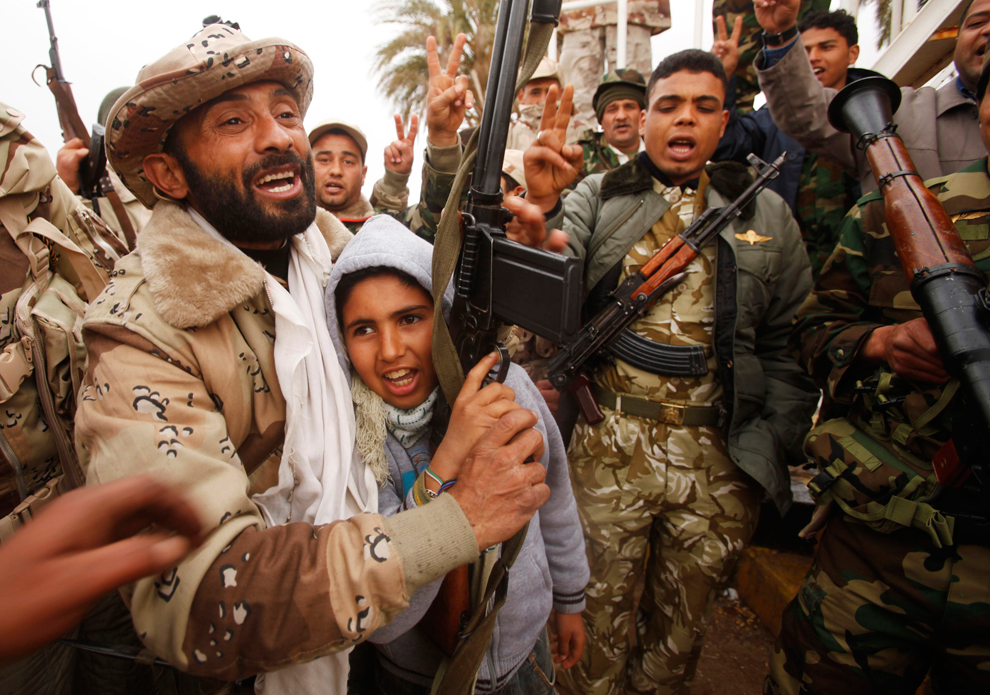
In Benghazi, the birthplace of the revolt against Moammar Khadafy, celebrations have replaced clashes in the street after rebels took over the city. Residents join former soldiers and jubilant rebels in setting off fireworks and condemning the Libyan leader. Thousands converge on the city center, waving red, green and black monarchy-era flags and giving out snacks and juice to passing cars, which honk their horns. (Suhaib Salem/Reuters) #
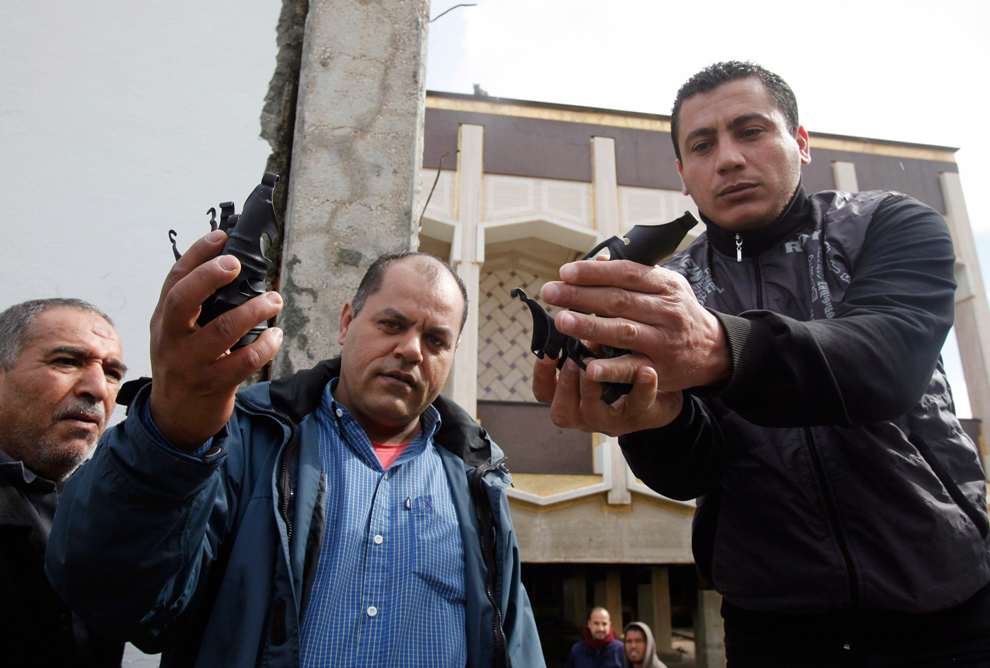
Anti-government demonstrators show hand grenades carried by troops loyal to Libyan leader Moammar Khadafy while fighting demonstrators in Benghazi. Residents of Benghazi have jailed those they say are mercenaries and set up committees to run this eastern city now out of the Khadafy's control. (Asmaa Waguih/Reuters) #
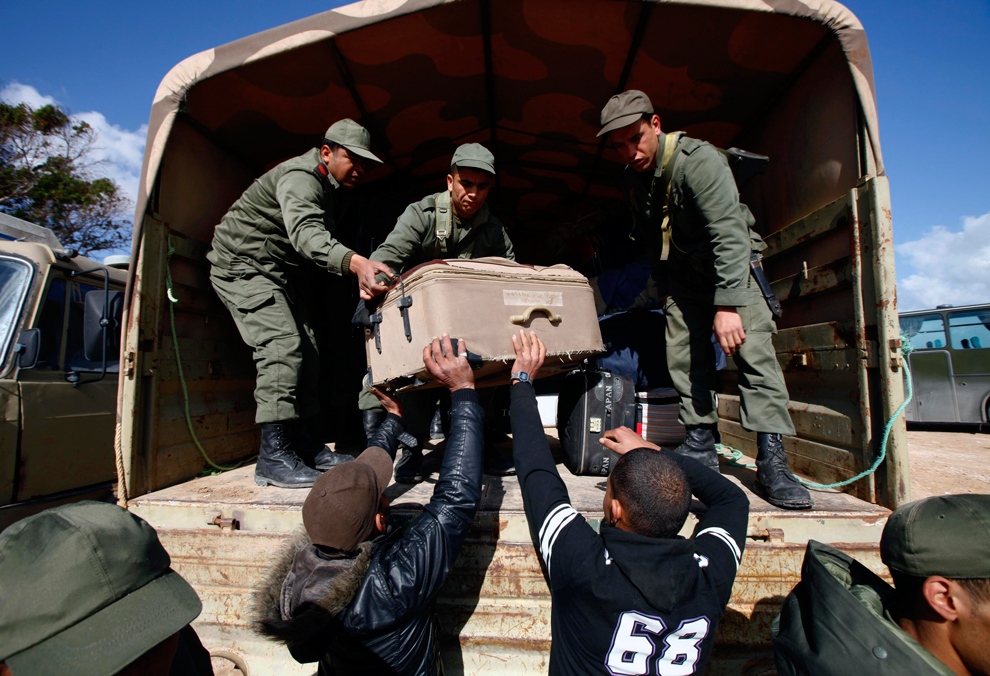
Tunisian soldiers help Egyptian workers fleeing Libya load their belongings onto a truck Thursday after crossing into Tunisia at the border crossing of Ras Jdir. The workers said they were based on a construction site in the Libyan town of Zuara, which has fallen to anti-government forces. The workers said the town was controlled by "popular committees" armed with automatic weapons. (Yannis Behrakis/Reuters) #

An Egyptian refugee carries a child at a military field hospital run by the Tunisian army at the Ras Jdir border post. More than 30,000 Tunisian and Egyptian migrants have fled to their home countries from Libya, the International Organization for Migration said Thursday, adding that it expects tens of thousands more to leave. (Fred Dufour/AFP/Getty Images) #
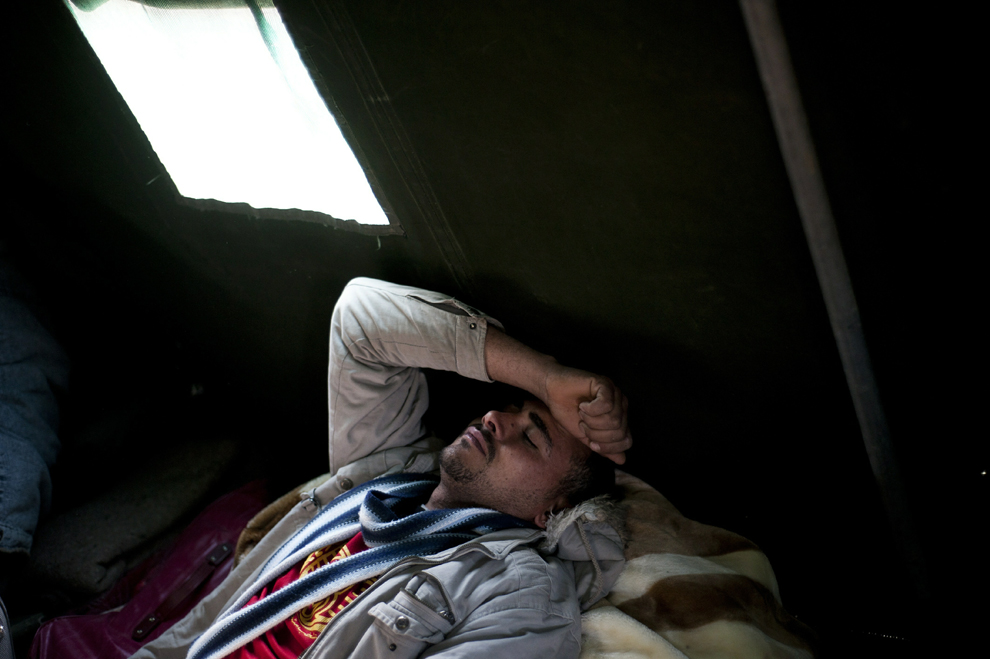
An Egyptian man rests in a tent Thursday at a military field hospital run by the Tunisian army, after fleeing from Libya. The unrest across North Africa began in Tunisia in what has become known as the Jasmine Revolution. Anti-government forces unleashed a fiery wave of street protests that ousted the authoritarian president, Zine el Abidine Ben Ali. (Fred Dufour/AFP/Getty Images) #
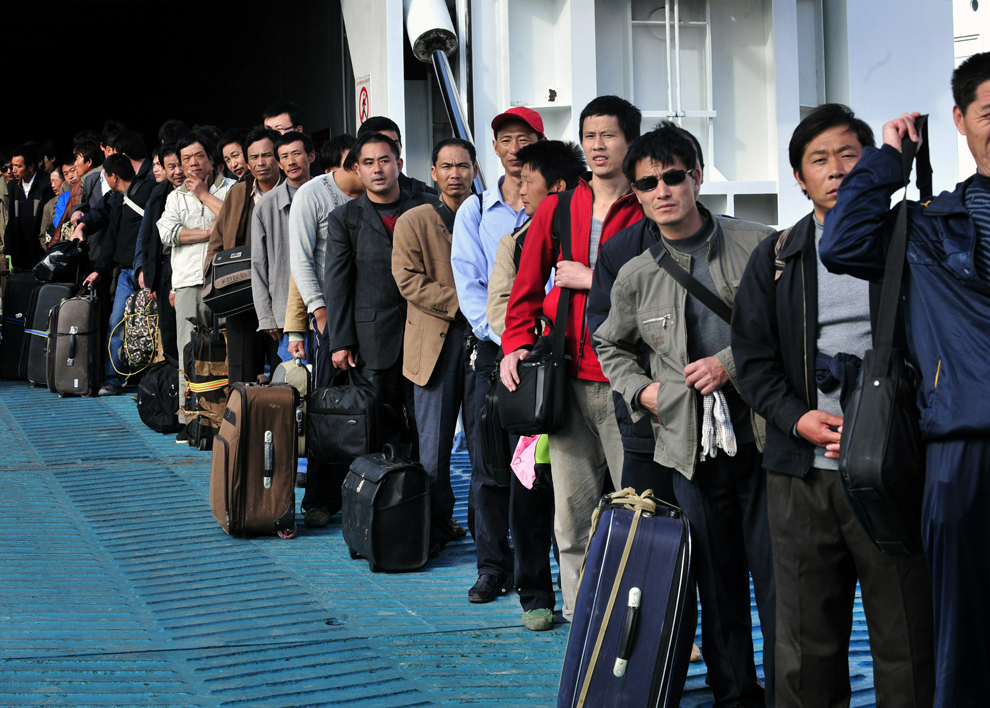
The Libyan uprising and brutal counterattacks by forces still loyal to Moammar Khadafy have prompted tens of thousands to flee, including these Chinese evacuees arriving on the Greek island of Crete. Many of those fleeing were able to take Greek ferries to safety; others were stuck in Libyan ports waiting for ships to arrive and seas to calm. The main airport in Libya has been overrun with people desperate to leave, witnesses say. (Aris Messinis/AFP/Getty Images) #
'기타 보관함 > 다른작가사진' 카테고리의 다른 글
| World Press Photo: winners (1) | 2011.03.01 |
|---|---|
| Christchurch earthquake (0) | 2011.03.01 |
| An uprising in Tunisia (0) | 2011.02.11 |
| Christmas 2010 - your photos (0) | 2011.02.11 |
| A historic vote in Sudan (0) | 2011.02.11 |






